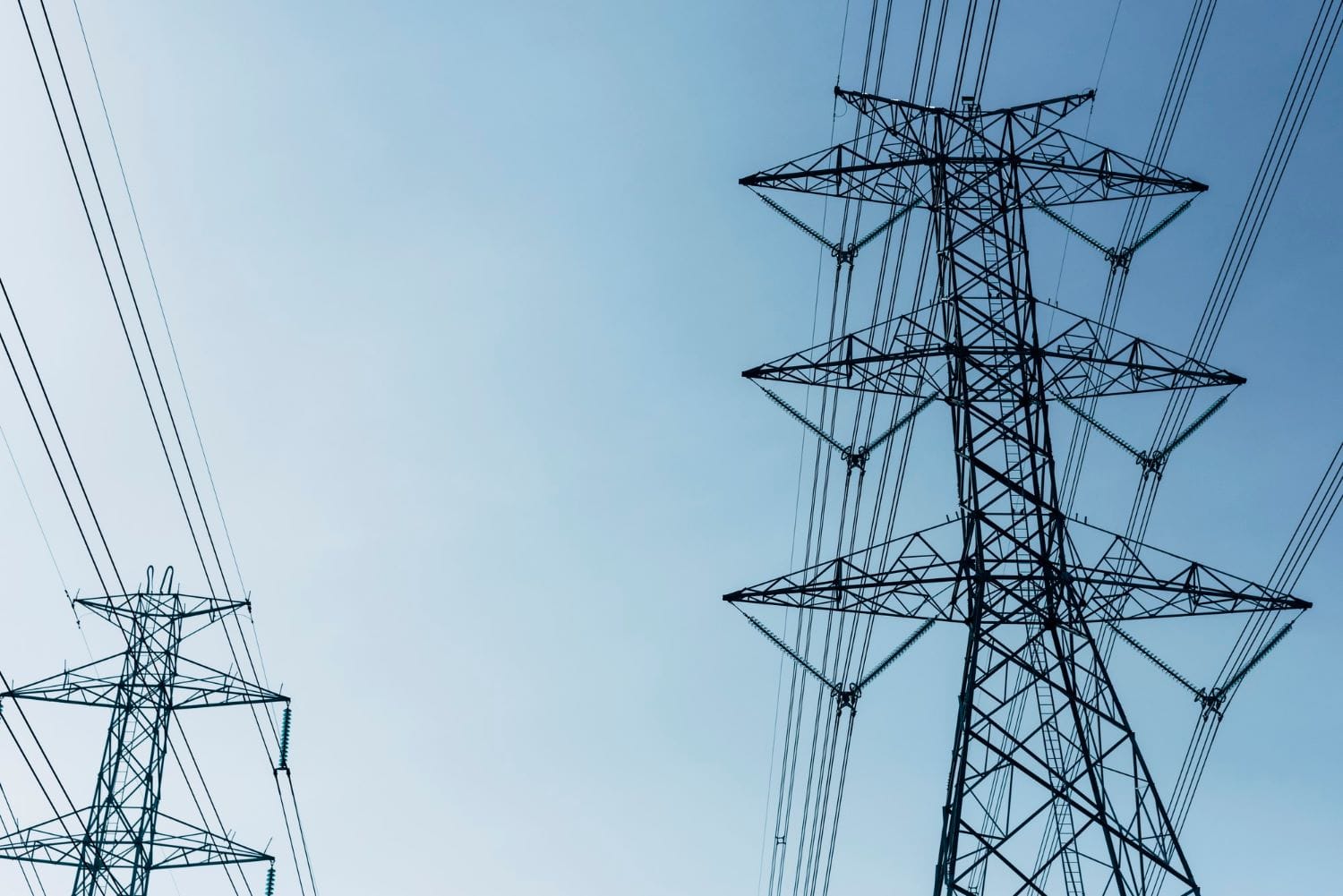Electricity supply is a key service in people’s lives. Without electricity, nowadays, we can hardly do anything, whether for work or our daily activities. Due to its importance, it’s no surprise that when buying a home, one of the first things people typically do is set up the electricity supply. However, getting connected with an energy company can pose certain challenges if key concepts are not taken into account.
To help you with this process, today we want to compile some concepts that are commonly encountered when signing up for electricity or switching companies.
CUPS Code: the unique identifier for your supply
The CUPS (Universal Supply Point Code) is a unique code that identifies the electricity or gas supply point of a property. This code, consisting of a series of alphanumeric characters, is essential for any management related to the supply, whether it’s a new connection, a change of ownership, or a modification of the contracted power.
If you are in a new home, the CUPS code must be assigned by the distributor when setting up the supply. In homes with a previous electrical history, the code will already be recorded, and you can check it on old bills.
To find out this identifier, you can refer to your bill; although if you don’t have them on hand, you can also find out the CUPS without a bill by calling the company with which you have the contract.
Electric Power
Another important concept in any electricity contract is the contracted electric power, which refers to the maximum amount of energy you can use simultaneously without tripping the automatic switch in the electrical panel. It is measured in kilowatts (kW) and will determine both your usage capacity and a fixed portion of your electricity bill.
When setting up the supply, it’s important to choose the contracted power, which will depend on the appliances you’ll connect at any given time. In standard homes, powers ranging from 3.45 to 5.75 kW are usually sufficient, while businesses often require higher power.
Electric Voltage: Adapting the supply to your needs
You’ve probably heard about electric voltage many times, but what is the definition of electric voltage? It can be defined as the level of voltage at which electricity is supplied. Here, we can find two types:
- Low voltage, which is typically used in households and small businesses.
- High voltage, which is required for large industries or facilities with high energy demands.
Once the supply is requested, the distribution company must verify that the installation can handle the voltage requested by the customer.
Rights Associated with Electric Service Connection: Extension, Access, and Hook-up
When a new electric supply is set up, it comes with a series of regulated rights that must be paid to the distributor, usually on the first bill. Among these are the rights of extension, hook-up, and access. Let’s see what each of these is.
- Extension rights: Cover the cost of extending the electrical network if the supply point is in an unconnected area or needs adjustments.
- Access rights: Ensure your access to the electrical system, applicable whenever you set up a new supply or increase the contracted power.
- Hook-up rights: Related to the physical connection of the property to the electrical network.
Electrical Installation Certificate (CIE)
Also known as the electrical bulletin, this document certifies that the electrical installation complies with current regulations. This certificate is mandatory for setting up a new supply or making modifications to the installation, such as increasing the power.
All these concepts we’ve discussed in this post are important to keep in mind when setting up a new supply or changing companies.

